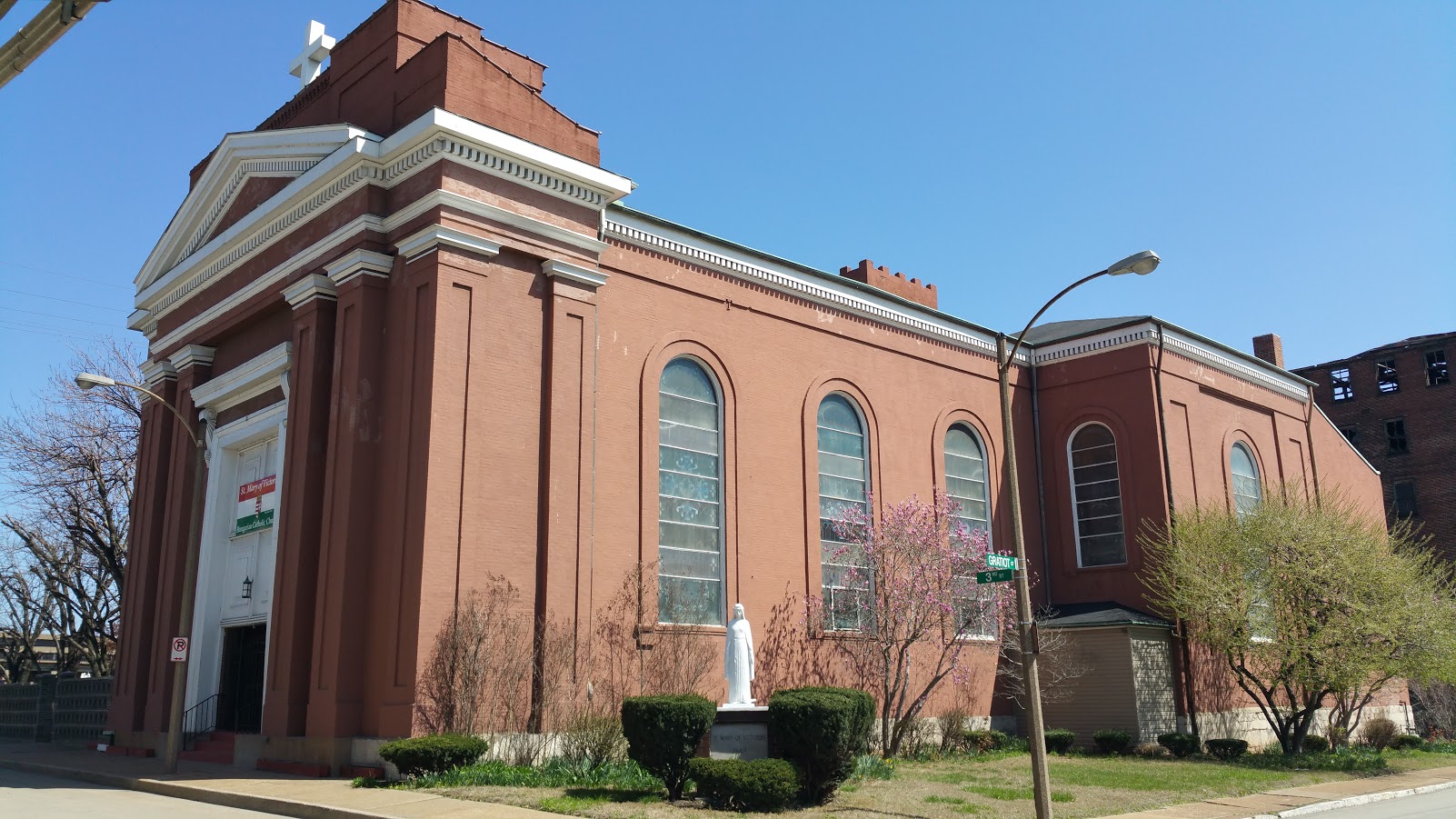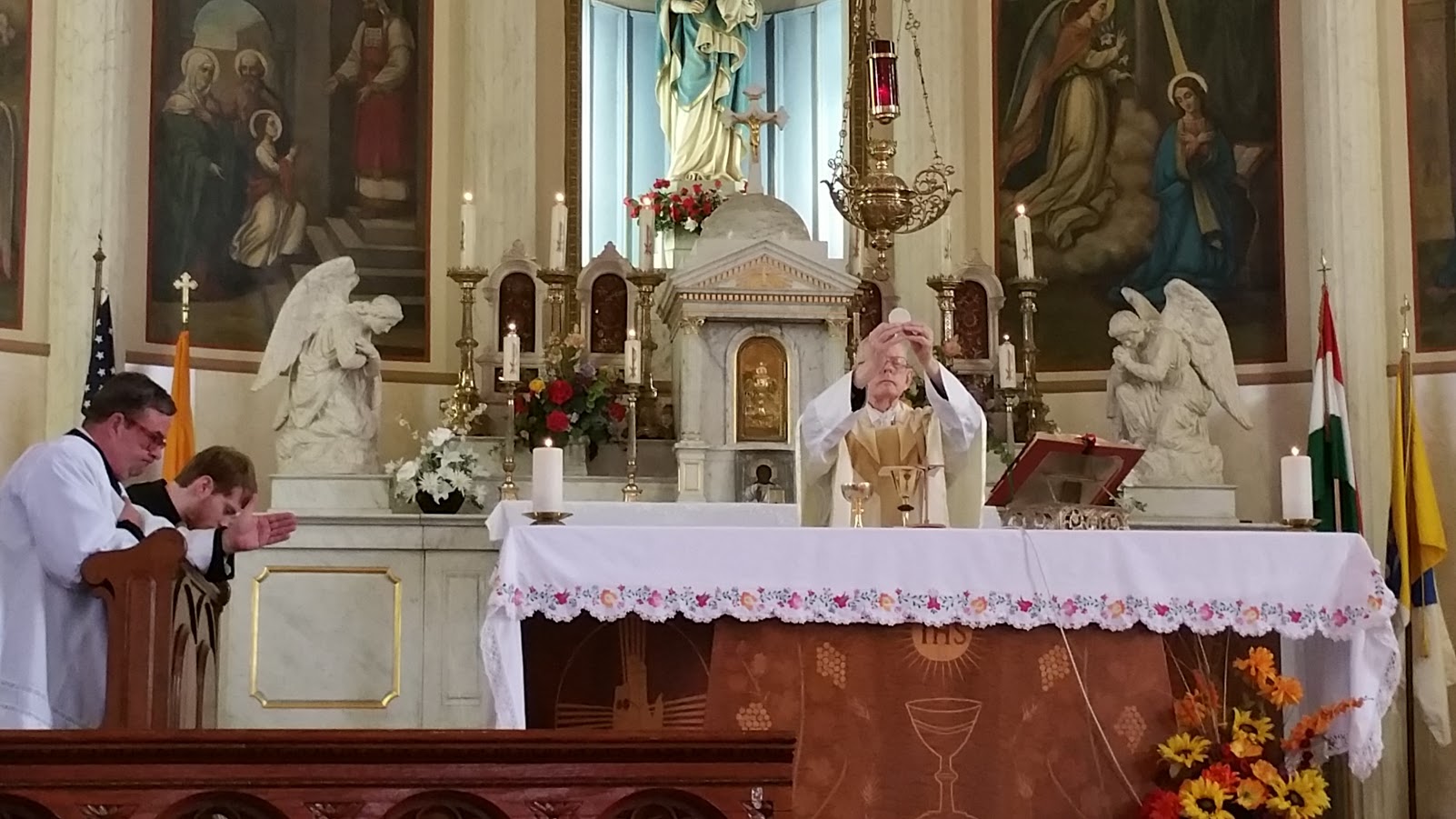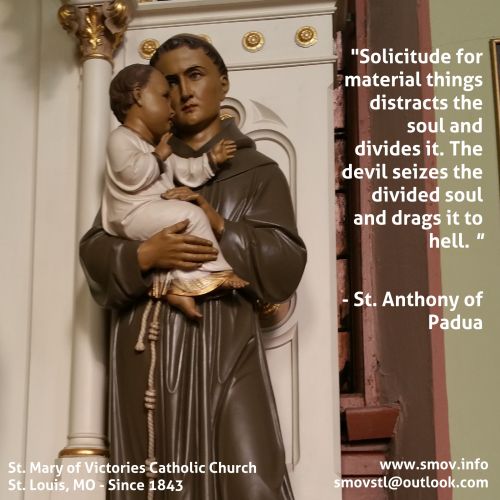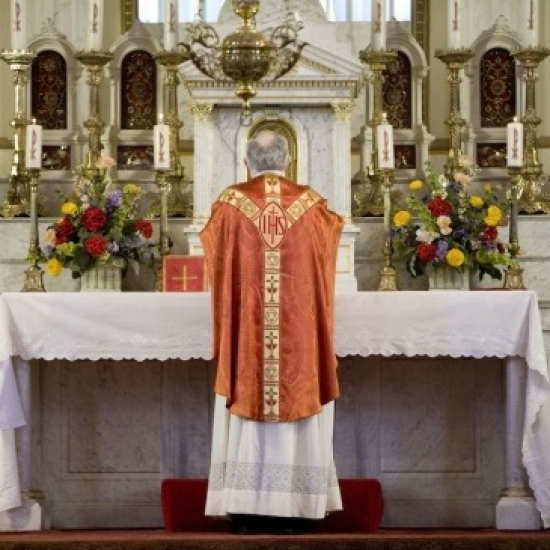25 May 2016, 7pm Missa Cantata. St Gregory VII
Introit: Si diligis me,
Gradual: Exaltent eum
Alleluia: Tu es Petrus
Offertory: Ecce dedi. Ave Verum, PBC p. 92
Communion: Tu es Petrus
Recessional: Salve Regina, simple tone, PBC, p. 116
Mass XII, no Credo.
This common formulary is new addition in Pius XII’s changes to the MR in 1956. Previously popes were celebrated with the same formulary as other bishops. The melodies are adapted from earlier compositions or borrowed from the feast of SS Peter and Paul.
The Introit has three phrases:
- Si diligis me Simon Petre
- pasce agnos meos
- pasce oves meas
The melody will seems familiar, as it bears a close resemblance to the Introit Si iniquitates, sung on 22nd Sunday after Pentecost (EF) / 28th Sunday of the year (OF). As in its mate, we have a soaring intonation followed by two descending, relaxing phrases to closed on a note of tranquility. As is the case in the scene in the appendix to the Fourth Gospel from which this text is taken, the passion is behind us. We can bask in the comforting presence of the risen Lord, who now passes along the responsibility for comforting and supporting the flock of God to Peter and his successors. Pope St Gregory (Hildebrand) was certainly one of those firm and dedicated popes who defended the flock from wolves both inside and out, and fed them with a faithful and true handing on of the tradition. We would do well to pray for his intercession in this uncertain and troubled times.
The Gradual has two verses in the corpus and two in the verse.
- Exaltent eum in ecclesia plebis:
- et in cathedra seniorum laudent eum.
Verse:
- Confiteantur Domino misericordiae eius,
- et mirabilia eius filiis hominum.
The melody is formulaic Mode 5 but with some interesting twists. The high points (F) come over (cathed)-ra, emphasizing the role of the Bishop of Rome as teacher and supreme pastor of the whole Church, and over (misericordi)-ae, emphasizing the praise of the Lord for his mercy to us His human children. These two themes should come together in the idealized image of the pope as loving the Church as a father loves his children. And the very long repetition of the C over (Confite)-an-(tur) serves to remind us that ultimately our praise must be for the Lord, not for his early vicar.
The Alleluia verse has two phrases:
- Tu es Petrus, et super hanc petram
- aedificabo Ecclesiam meam
This is also the Alleluia for the feast of SS Peter and Paul. It is an adaptation of a Christmas melody for use during the summer cycle that we also find on the feast of the Nativity of St. John Baptist. (This may relate to the fact that in some churches the feast of SS Peter and Paul was celebrated on 27 or 28 December.) In the Gospel, the text of which combines intimately with that of the Alleluia, Peter professes his faith in our Lord with the following words: 'You are Christ, the Son of the living God.' And as a reward for this profession of faith, Christ answers him: 'You are Peter, and upon this rock I will build My Church.' To these words of Christ the text of the Alleluia acts as a prelude. The inception on the dominant and the development over Tu es Petrus produces a festal ring. The series of pressus over aedificabo might depict a structure firmly built of well-fitting granite stones, which like the melody over Ecclesiam meam, proudly and triumphantly raises itself on high. Ultimately, Peter and his successors are 'the rock’ on which Christ wants to build His Church. With a joyful heart we conclude the whole by a repetition of Alleluia.
The Offertory has three phrases:
- ecce dedi verba mea in ore tuo
- ecce constitui te hodie super gentes et super regna
- ut evellas et destruas et disperdas et dissipes et aedifices et plantes
This text from the Prophet Jeremiah (1:9-10) is seen as a forerunner of the text about building the Church on Peter, the rock. The Mode 3 melody hits its high point (D) on dedi, reminding us that whatever the pope has received to help him in his task is a gift from God. It is God himself who ultimately guides and guards the Church, bestowing gifts on his vicars as he wills.
The Communion antiphon has three very short phrases:
- Tu es Petrus,
- et super hanc petram
- aedificabo Ecclesiam meam.
Again, we borrow from the feast of SS Peter and Paul. This same melody is sung on the feast of the Holy Trinity; the phrasing, however, differs somewhat and not very satisfactory, as we noted in the comments on the music for that feast. The text brings us once more the words of Christ: Tu es Petrus. The melody is very simple, more like an Office antiphon than a Communion. The one major interval is that of a fourth over Petrus; beyond this there are only minor thirds and seconds. The motives over (aedificd)-bo and Eccle-(siam) are antithetical. Would that the entire body of the faithful might be congregated as one unit to sing this hymn; each individual could then realize the more fully how he forms an element in that one, holy, catholic and apostolic Church of which Christ said: This is My Church.


















